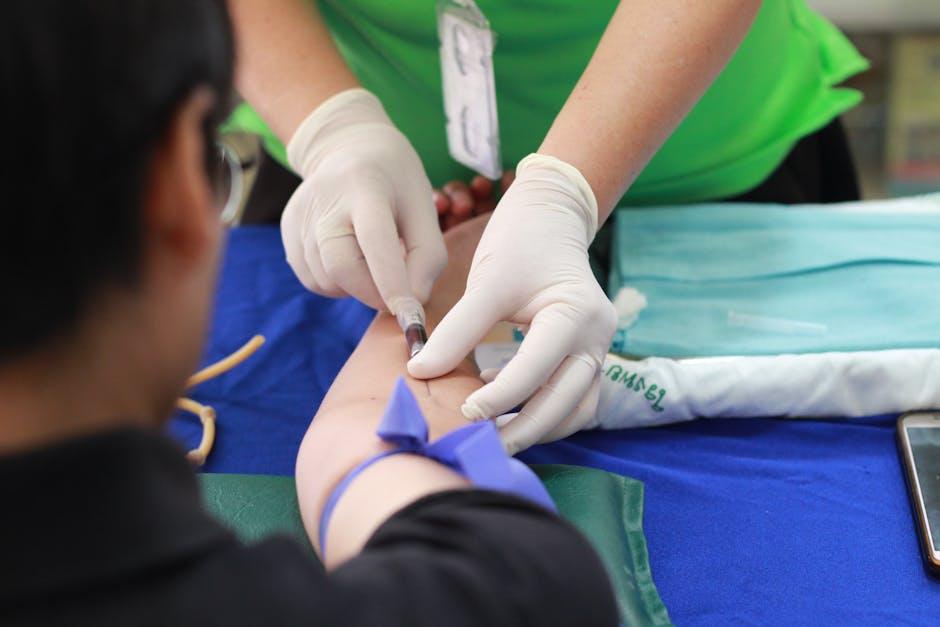
Time Since Last Intravenous Bisphosphonate and Risk of Osteonecrosis of the Jaw in Osteoporotic Patients – Nature
Osteoporosis is a widespread bone disease affecting millions worldwide, and intravenous bisphosphonates play a pivotal role in its management. However, concerns arise regarding the risk of osteonecrosis of the jaw (ONJ), a serious complication linked to bisphosphonate therapy. Recent research, including studies published by Nature, highlights how the time since the last intravenous bisphosphonate administration may significantly influence ONJ risk among osteoporotic patients.
Understanding Osteonecrosis of the Jaw (ONJ)
Osteonecrosis of the jaw is a rare but severe condition where parts of the jawbone begin to die due to compromised blood supply. It is primarily identified by the presence of exposed bone in the maxillofacial region that persists for more than eight weeks in patients who have received bisphosphonate treatment but have not undergone radiation therapy to the craniofacial region.
- Symptoms of ONJ: jaw pain, swelling, exposed bone, infection, and loose teeth.
- Triggers: invasive dental procedures, trauma, infection, or spontaneous occurrence in patients treated with bisphosphonates.
What Are Intravenous Bisphosphonates?
Bisphosphonates are medications designed to prevent bone loss, commonly used in osteoporosis to strengthen bones, reduce fracture risk, and improve quality of life. Intravenous bisphosphonates are administered directly into the bloodstream, often used for severe osteoporosis or patients intolerant to oral bisphosphonates.
Popular intravenous bisphosphonates include:
- Zoledronic acid (Reclast)
- Ibandronate (Boniva – IV form)
The Link Between Timing of Last Intravenous Bisphosphonate Dose and ONJ Risk
Recent Nature studies and clinical observations suggest that the risk of developing ONJ decreases as more time elapses since the last intravenous bisphosphonate infusion. This is critical because bisphosphonates have a long half-life in bone tissue, persisting for years and continuing to affect bone remodeling after administration.
Key Findings:
- ONJ risk is highest within the first 2 years following IV bisphosphonate treatment, especially after invasive dental procedures.
- The risk progressively declines beyond 3 years since the last infusion.
- Extended drug holidays (temporarily stopping bisphosphonate treatment) may reduce ONJ risk, but this approach should be balanced against fracture risk.
Clinical Implications for Osteoporotic Patients
For patients with osteoporosis receiving intravenous bisphosphonates, understanding the timing of their last infusion can guide clinical decisions, especially when undergoing dental surgeries or procedures. Dentists and physicians must collaborate closely to optimize patient outcomes.
Recommended Precautions
- Pre-treatment dental assessment: A thorough dental exam before starting IV bisphosphonates helps address potential oral risks.
- Avoid invasive dental work: If possible, schedule elective dental surgery before or well after bisphosphonate treatment.
- Consider drug holidays: For patients at low fracture risk but high dental complication risk, temporary cessation may be beneficial.
- Maintain optimal oral hygiene: Prevent infections that can predispose to ONJ.
Table: Relationship Between Time Since Last IV Bisphosphonate and ONJ Risk
| Time Since Last IV Bisphosphonate | Approximate ONJ Risk | Clinical Notes |
|---|---|---|
| 0–1 year | High (up to 1-2%) | Greatest vigilance needed for dental work |
| 1–3 years | Moderate | Risk gradually declines; careful monitoring advised |
| 3+ years | Low | ONJ risk significantly reduced but bone health monitoring remains critical |
Benefits and Practical Tips for Patients on Intravenous Bisphosphonates
While ONJ is a serious concern, bisphosphonates remain highly effective for osteoporosis management. Here are some ways patients can benefit safely from treatment while minimizing risks:
- Stay informed: Understand the risks and benefits associated with intravenous bisphosphonates.
- Regular dental checkups: Immediate attention to any oral problems can prevent progression to ONJ.
- Report symptoms promptly: Jaw pain, swelling, or loose teeth should be assessed without delay.
- Discuss treatment timelines: Work with your endocrinologist or rheumatologist about possible drug holidays if dental work is planned.
- Keep adequate calcium and vitamin D levels: Support bone health naturally.
Case Study: Managing ONJ Risk in a Long-Term Osteoporotic Patient
Mrs. Jane T., a 68-year-old woman with osteoporosis, had been on intravenous zoledronic acid for 4 years with infusions every 12 months. Before a scheduled dental implant, her dentist requested information on her medication history:
- Last bisphosphonate infusion was 10 months prior.
- Risk of ONJ considered elevated due to recent infusion.
- After consultation with her physician, a drug holiday was initiated.
- Dental implant was postponed for 6 months until ONJ risk reduced.
- No ONJ occurred; implant successfully completed with close follow-up.
Conclusion: Balancing Bone Health and ONJ Risk in Osteoporotic Patients
Understanding the time since last intravenous bisphosphonate administration is essential for mitigating the risk of osteonecrosis of the jaw in osteoporotic patients. While IV bisphosphonates are effective for reducing fractures and improving life quality, cautious management around dental procedures and monitoring of treatment timing can help minimize ONJ risk.
Patients, dentists, and healthcare providers must collaborate proactively. Through informed decisions, practical precautions, and interdisciplinary care, it’s possible to maintain robust bone health while safeguarding oral well-being. Always consult your healthcare team before making changes to your bisphosphonate treatment or dental care plans.


